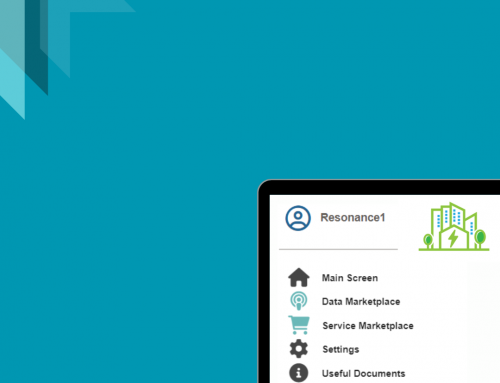Master’s thesis 20 January 2024 by Ida Korpi, University of Oulu, Degree Programme of Environmental Engineering – Sustainable Energy Systems. Link: https://oulurepo.oulu.fi/handle/10024/47941
Abstract:
The European Union’s climate policy embodies objectives such as reducing greenhouse gas emissions by at least 55 % from the levels of 1990 by 2030 and becoming climate neutral by 2050. To reach its targets, the European Union must triple its deployment of renewable energy sources by 2030. This is limited by electricity grids’ capability to maintain the balance between supply and demand. Facilities can support the energy transition through demand response. Smaller consumers have been executing demand response through spot-priced electricity contracts, but generally the focus has been on larger industrial consumers, and a vaster uptake of demand response requires novel business models from service providers such as energy service companies.
The European Union is revising its legislation and funding innovation projects aiming at enhancing the increase of renewable energy sources, among which is the RESONANCE project. RESONANCE aims at making demand response of distributed and small-scale assets, such as residential facilities, cost-efficient by developing a software framework of demand response solutions easily customizable for various end-user needs. RESONANCE will also develop novel business models for energy services. Pilots are executed in six countries, and Caverion is an energy service company and a facility manager with a special focus on customizable end-user interfaces for customer energy manager solutions in the Finnish pilot. RESONANCE Phase 1 pilot site is an apartment building with a hybrid heating system of an exhaust air heat pump and district heating.
In iFLEX project preceding RESONANCE, an intelligent software assistant called iFLEX Assistant was developed for optimizing the demand response of heating of the common spaces of the building. Two business case instances, one with an implicit demand response programme (BCI1) and one with an explicit one (BCI2) were studied in the thesis work. The feasibility of four potential business models – two for each of the instances – designed (methods Value Network and Business Model Canvas by A. Osterwalder) for the utilization of iFLEX Assistant was investigated with STEcon 360 BME Tool. Furthermore, a discounted cashflow analysis was performed to examine which of the business models are the most promising and under which circumstances. In each of the studied business models, Caverion provides the building owner an energy service package enabling a demand response programme. In each of the instances, in one model the energy service package has a lower price than in the other, and the achieved cost saving / incentive is shared between Caverion and the building owner.
Based on the cashflows of all actors, and the internal rate of return and return on investment for Caverion, in both instances the model with the lower energy service package price and savings/incentive sharing was concluded to have a higher feasibility. The same applies to the net present values obtained from the discounted cashflow analysis, and thus to which of the models are the most promising. Out of six scenarios S1 with an inflation rate of 2 % and an interest rate of 6 %, which produced the third highest net present value, was concluded to be the most likely one.
Multiple challenges regarding demand response were mitigated in the business models designed, and the thesis work provides a basis for further development of the solutions in RESONANCE. Recommendations for future work include developing different modules for software solutions to support the tailoring of demand response services for not only diverse end-user needs but also for different business case instances. An increase in the number of end-users willing to participate in demand response programmes could spark the creation of new flexibility marketplaces, which would further broaden the business opportunities in demand response.





